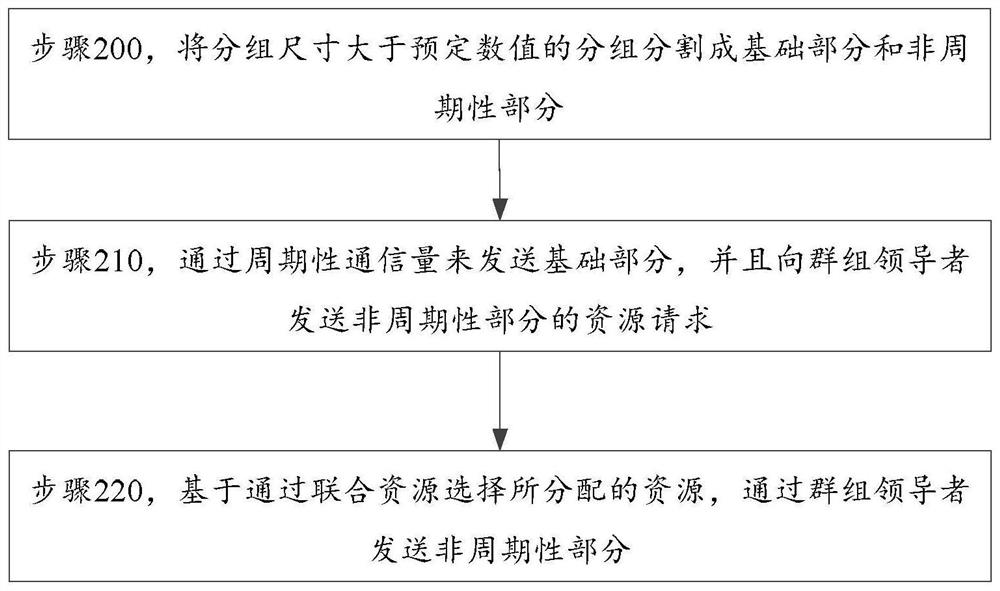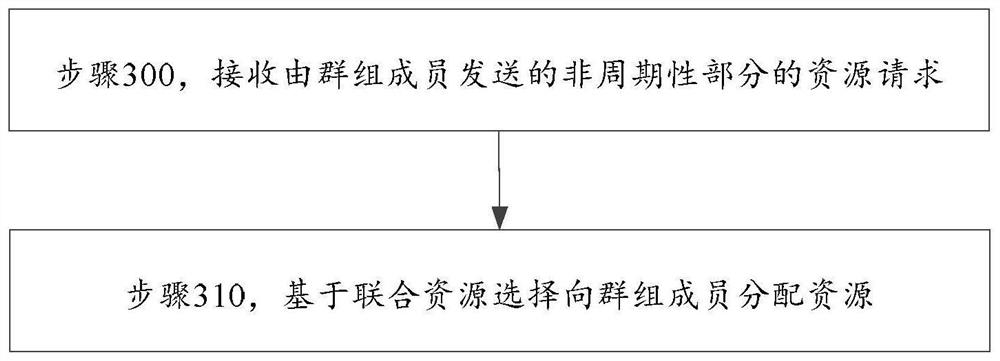A method and apparatus of resource selection for sidelink communication
A resource selection and resource technology, applied in wireless communications, electrical components, transmission systems, etc., can solve problems such as the inability to effectively support traffic requirements
- Summary
- Abstract
- Description
- Claims
- Application Information
AI Technical Summary
Problems solved by technology
Method used
Image
Examples
Embodiment Construction
[0028] The invention will now be discussed in detail with reference to the accompanying drawings briefly described above. In the following description, numerous specific details are set forth to explain applicant's best mode for practicing the invention and to enable others skilled in the art to make and use the invention. It will be apparent, however, to one skilled in the art that the present invention may be practiced without many of these specific details. Furthermore, well known machines and method steps have not been described in particular detail in order to avoid unnecessarily obscuring the present invention. Unless otherwise indicated, identical parts and method steps will be designated by identical reference numerals.
[0029] The term "sidelink" as used in this invention is an adaptation of the core LTE standard that allows communication between two or more nearby devices using E-UTRAN technology (Evolved UMTS terrestrial radio access network). This technique can...
PUM
 Login to View More
Login to View More Abstract
Description
Claims
Application Information
 Login to View More
Login to View More - R&D
- Intellectual Property
- Life Sciences
- Materials
- Tech Scout
- Unparalleled Data Quality
- Higher Quality Content
- 60% Fewer Hallucinations
Browse by: Latest US Patents, China's latest patents, Technical Efficacy Thesaurus, Application Domain, Technology Topic, Popular Technical Reports.
© 2025 PatSnap. All rights reserved.Legal|Privacy policy|Modern Slavery Act Transparency Statement|Sitemap|About US| Contact US: help@patsnap.com



